About
The Minnesota Rural Electric Association (MREA) represents electric cooperatives in the state of Minnesota. We foster unity among and provide service to all of Minnesota’s 50 electric cooperatives.
Our Mission
Providing our electric cooperative members collaborative leadership and expertise.

Our Vision
Serving as a leading voice influencing energy policy, promoting a strong culture of safety and providing relevant educational opportunities.

Our Values
Integrity: possessing integrity in all we do.
Service: serving and supporting each other and our members.
Forward-thinking: partnering with our members as we embrace the future

Our Mission
Providing our electric cooperative members collaborative leadership and expertise.

Our Vision
Serving as a leading voice influencing energy policy, promoting a strong culture of safety and providing relevant educational opportunities.

Our Values
Integrity.
Service.
Forward-thinking.
History
Electricity was available in many of America’s urban areas, but many still lacked power because of the prohibitable costs to get electricity to rural areas. For-profit utility companies would not provide electricity to rural Minnesota because they couldn’t make a profit in areas with low population density. Without electricity, the economies of rural areas were tied exclusively to agriculture.
Fewer than 7 percent of Minnesota farms had electric service. President Franklin D. Roosevelt created the Rural Electrification Administration (REA) and signed the Rural Electrification Act to bring power to rural America.
Even with the help of long-term, low-interest REA loans, bringing power to rural Minnesota was no small feat. The colossal efforts of electric cooperative pioneers faced high wholesale power costs, thinly settled areas, low farm incomes, and natural barriers of the varied Minnesota geography. These Minnesotan farmers worked to build electric lines to rural Minnesota not because they wanted to get into the utility business, but because they could improve life for their communities. Thanks to the work of rural electric cooperatives, electricity transformed agriculture and life in rural America into productivity and prosperity.
Minnesota Rural Electric Association was formed to represent Minnesota’s electric cooperatives. Our mission sought to “promote and provide a medium for unity of efforts and exchanges of ideas among cooperative associations engaged in the distributions of electricity” — something we still do today.
Close to 80 percent of U.S. farms had electric service thanks to REA loans and the cooperative business model. Since then, generations have heard the stories about “the night the lights came on,” a significant date for farm families.
Minnesota’s electric cooperatives provide reliable, affordable electric service for 1.7 million Minnesotans across 85 percent of Minnesota’s landmass.
From moving to a more sustainable grid to promoting charging programs for electric vehicles, Minnesota’s not-for-profit electric co-ops are innovative industry leaders. Self dependence, cost consciousness, and member-focused culture drives co-op innovation.
Members
Under the successful and proven cooperative business model, Minnesota’s electric cooperatives are locally owned and rate-regulated by the members they serve. Cooperatives are governed by an elected board of directors who are also members of the organization. In a cooperative, the member-owners have equal voting rights (one member, one vote) and a vital and valued voice.
GENERATION AND TRANSMISSION COOPERATIVES
Distribution cooperatives purchase power from generation and transmission cooperatives.
Basin Electric Power Cooperative
Minnkota Power Cooperative
Dairyland Power Cooperative
East River Electric Power Cooperative
Great River Energy
L&O Power Cooperative
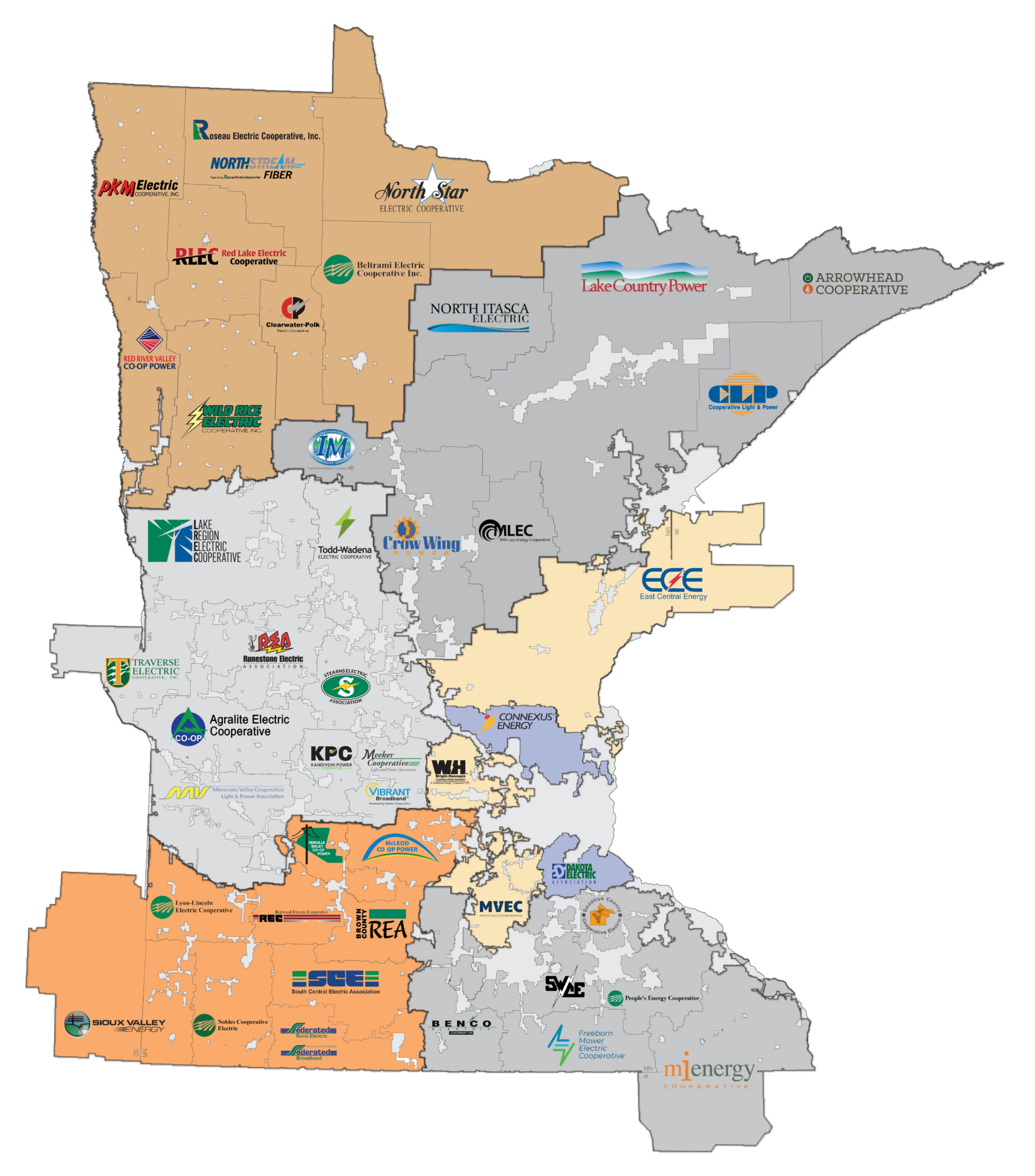
Cooperative Principles
Open and Voluntary Membership
Membership in a cooperative is open to all people who can reasonably use its services and stand willing to accept the responsibilities of membership, regardless of race, religion, gender, or economic circumstances.
Democratic Member Control
Cooperatives are democratic organizations controlled by their members, who actively participate in setting policies and making decisions. Representatives (directors/trustees) are elected among the membership and are accountable to them. In primary cooperatives, members have equal voting rights (one member, one vote); cooperatives at other levels are organized in a democratic manner.
Members’ Economic Participation
Members contribute equitably to, and democratically control, the capital of their cooperative. At least part of that capital remains the common property of the cooperative. Members allocate surpluses for any or all of the following purposes: developing the cooperative; setting up reserves; benefiting members in proportion to their transactions with the cooperative; and supporting other activities approved by the membership.
Autonomy and Independence
Cooperatives are autonomous, self-help organizations controlled by their members. If they enter into agreements with other organizations, including governments, or raise capital from external sources, they do so on terms that ensure democratic control as well as their unique identity.
Education, Training, and Information
Education and training for members, elected representatives (directors/trustees), CEOs, and employees help them effectively contribute to the development of their cooperatives. Communications about the nature and benefits of cooperatives, particularly with the general public and opinion leaders, help boost cooperative understanding.
Cooperation Among Cooperatives
By working together through local, national, regional and international structures, cooperatives improve services, bolster local economies, and deal more effectively with social and community needs.
Concern for Community
Cooperatives work for the sustainable development of their communities through policies supported by the membership.
Services
Governance
Minnesota Rural Electric Association exists for its members to provide service, unity, and leadership and is responsive to member feedback and needs. In line with democratic member control, we are divided into seven districts and governed by a fourteen-member board of directors, representing Minnesota’s electric cooperative interests.
Board meetings are held bi-monthly on the third Tuesday and Wednesday.
Governance Documents
Staff
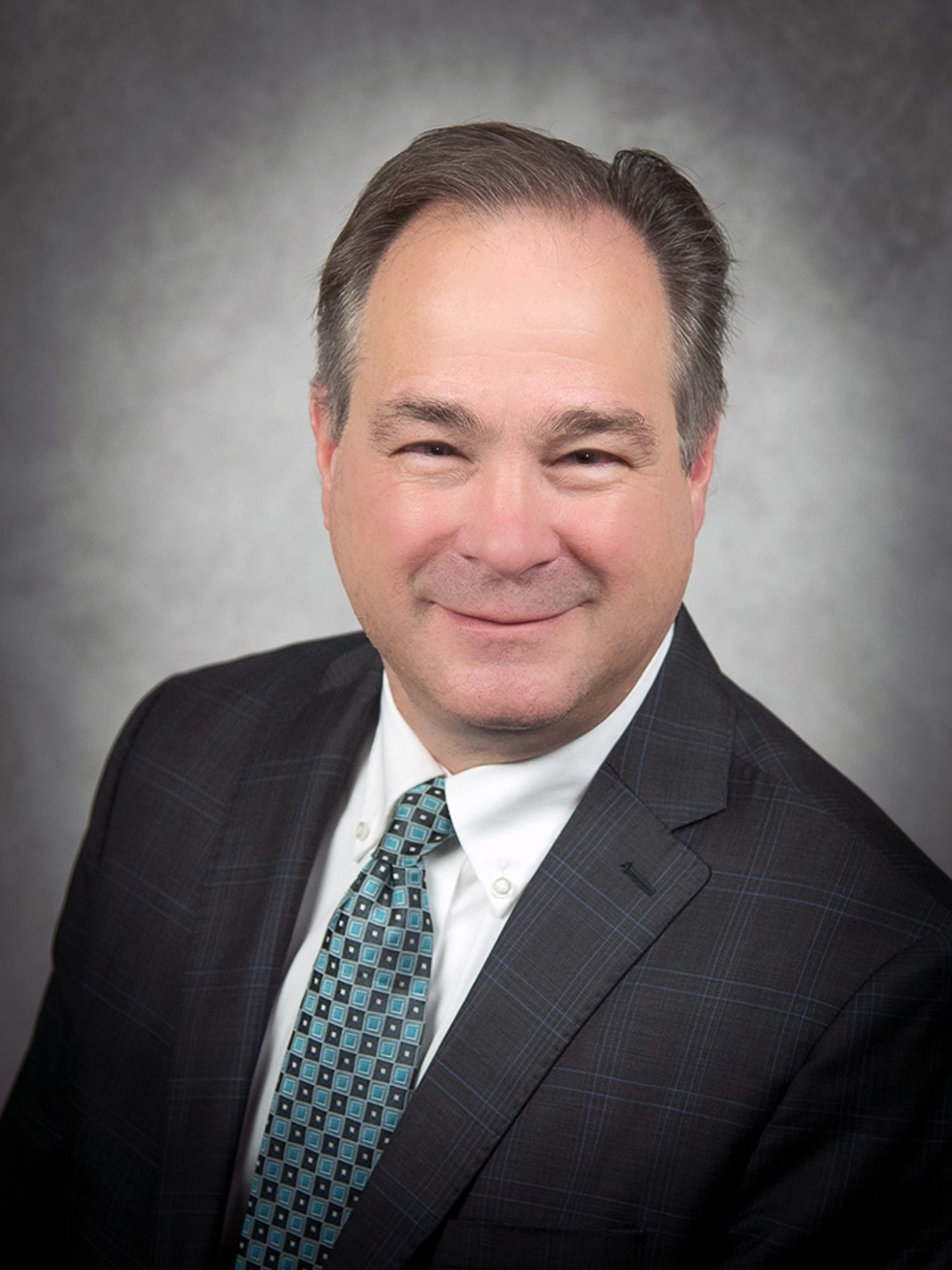
Darrick Moe
PRESIDENT &
CEO

Curt Freudenburg
Safety Specialist
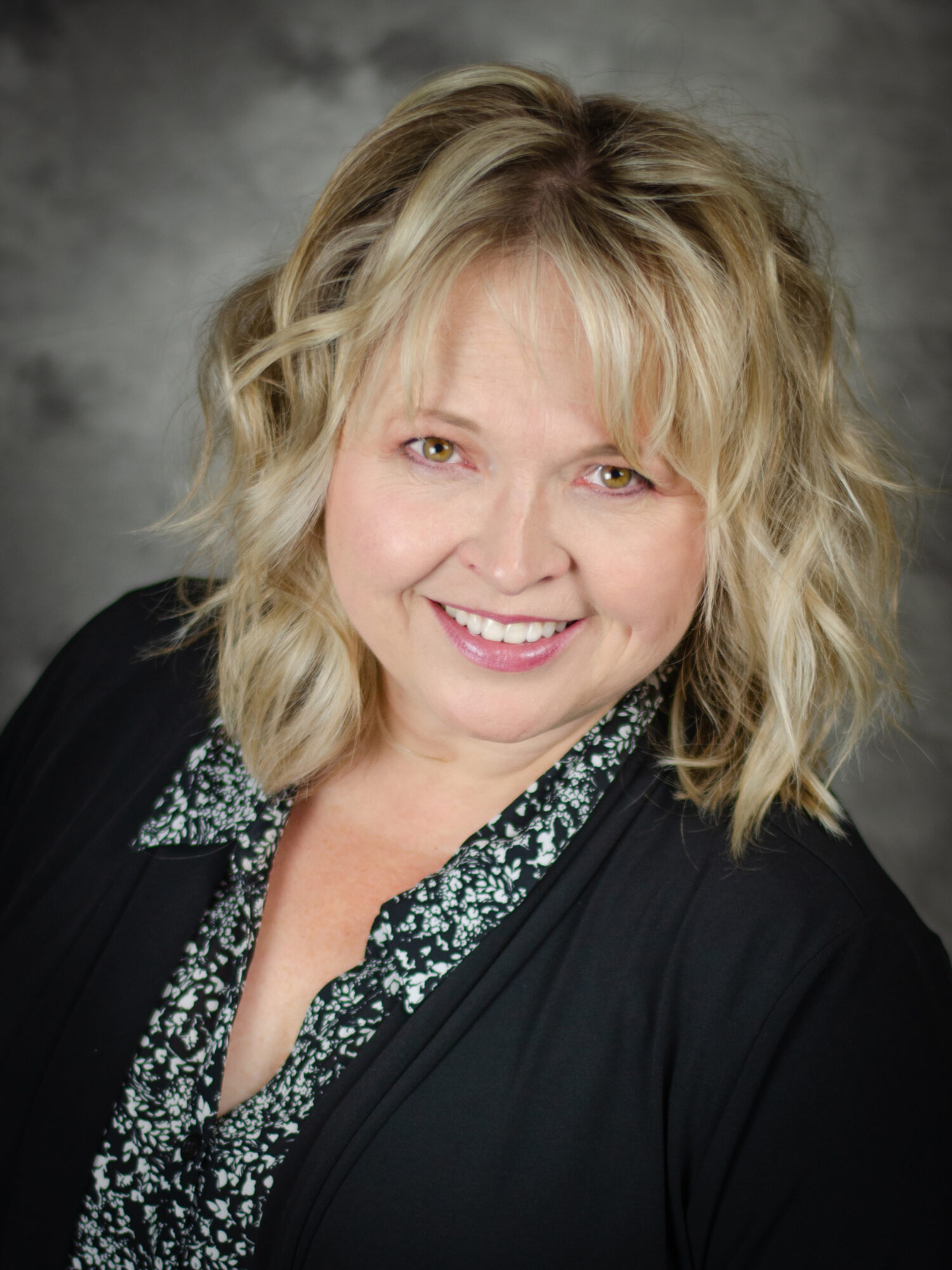
Gayle Karol
Digital Media & MARKETING SPECIALIST

Lee Rooda
Safety Specialist

Anthony Lenz
Director, Safety Services

Terry Ehli
Safety Specialist

Karen Miller
Event & Education Program Specialist

Joe Miller
Director, Communications

Shawn Marthaler
Safety Specialist

Amanda Meredith
Event & Education Program Specialist

Melissa Stachovich
DIRECTOR, FINANCE & ADMIN.

Erick Boder
SAFETY COORDINATOR

Heather Hilson
Executive & Membership Coordinator

Jenny Glumack
Director, Gov. Affairs

Ryan Johnson
COMMUNICATIONS SPECIALIST

Tricia Elite
Government Affairs Representative
Board of Directors

Wes Waller
Chair
MREA DISTRICT 2
North Itasca Electric Co-op, Inc.
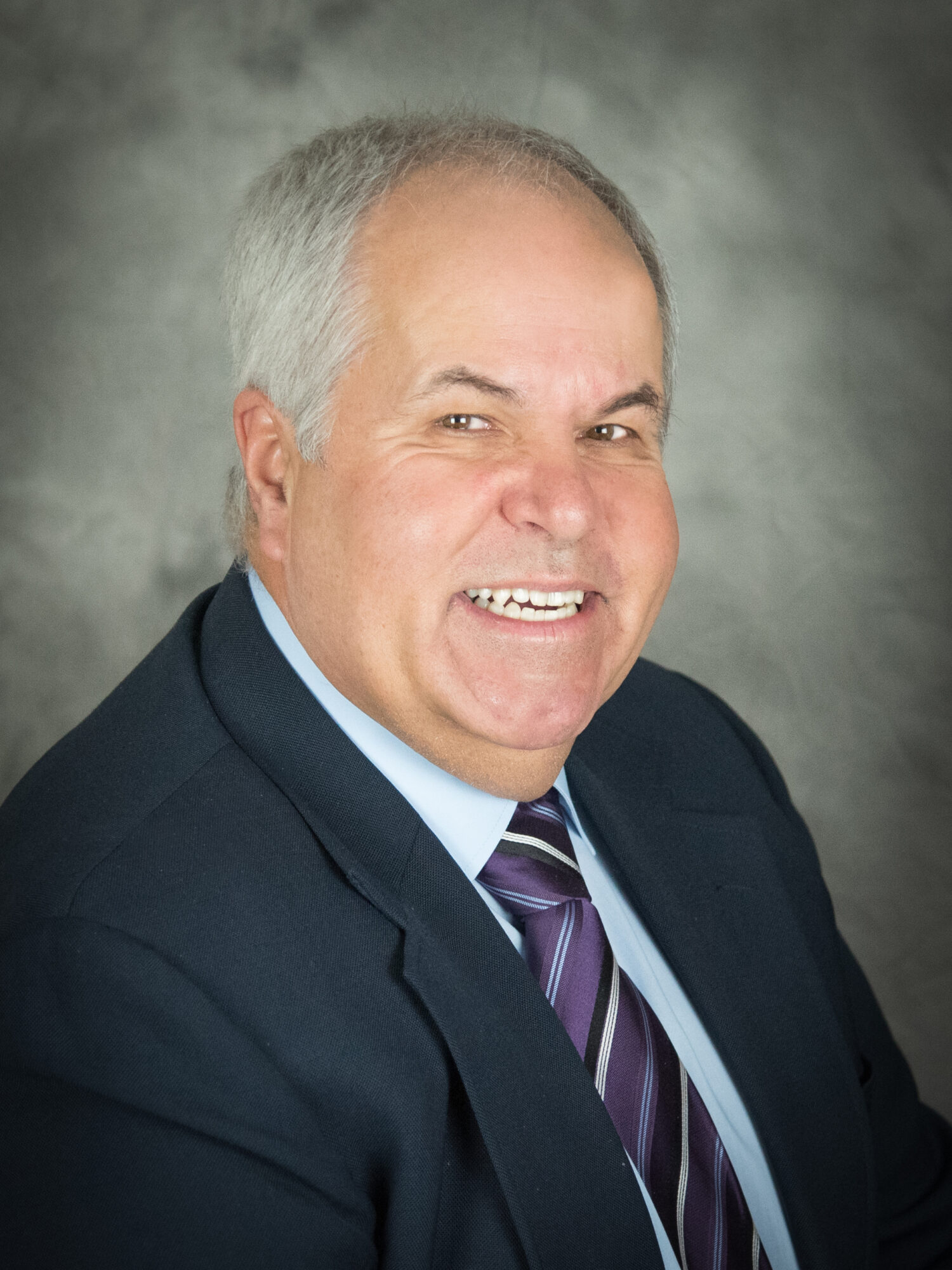
Rick Coe
First Vice Chair
MREA DISTRICT 1
Beltrami Electric
Co-op, Inc.

Jeff Nornes
Second Vice Chair
MREA District 1
WILD RICE ELECTRIC COOPERATIVE

Ron Stevens
Secretary
MREA District 6
MiEnergy Cooperative

Warren Rau
Treasurer
MREA District 3
Agralite Electric Cooperative
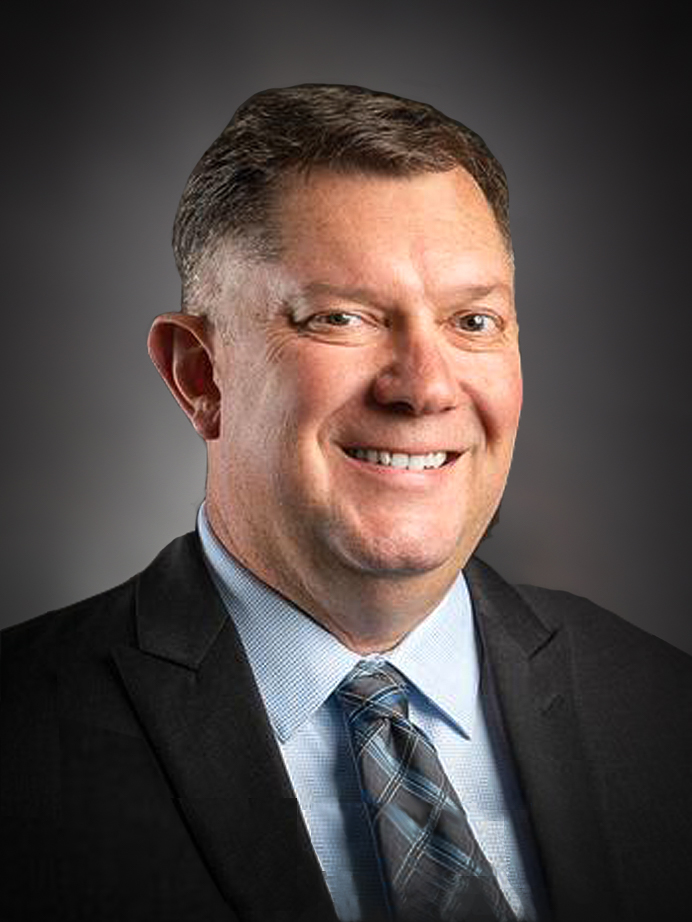
Mike Tieva
MREA District 4
WRIGHT-HENNEPIN COOPERATIVE ELECTRIC ASSOCIATION

Shelly Peterson
MREA District 7
CONNEXUS ENERGY

David Jones
MREA District 7
Dakota Electric Association
![DSC_1277[1]-4](https://www.mrea.org/wp-content/uploads/2023/10/DSC_12771-4-scaled.jpg)
Scott Thiesse
MREA District 5
Federated Rural Electric Association

Ron Schwartau
MREA District 5
Nobles Cooperative Electric

Liz Krocak
MREA District 4
Minnesota Valley Electric Cooperative

Tim Velde
MREA District 3
Minnesota Valley Cooperative Light & Power

Tracy Lauritzen
MREA District 6
PEOPLE’S ENERGY COOPERATIVE

Aileen Demenge
MREA District 2
Mille Lacs Energy Cooperative
